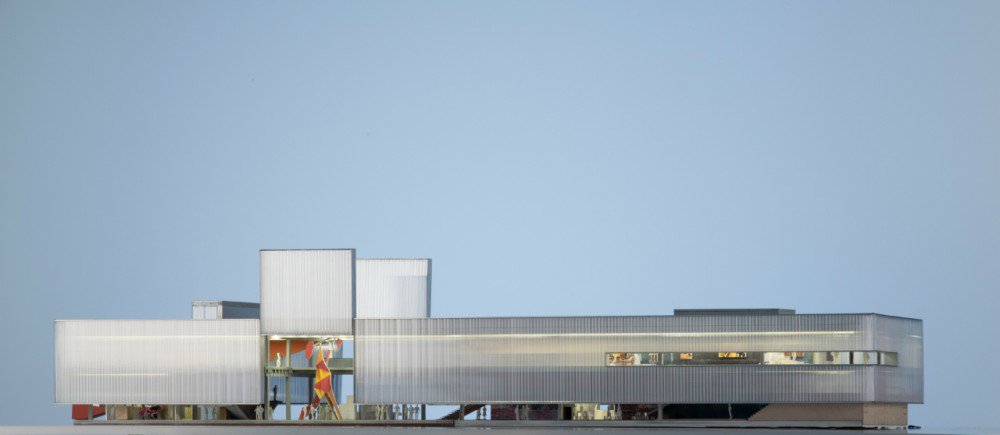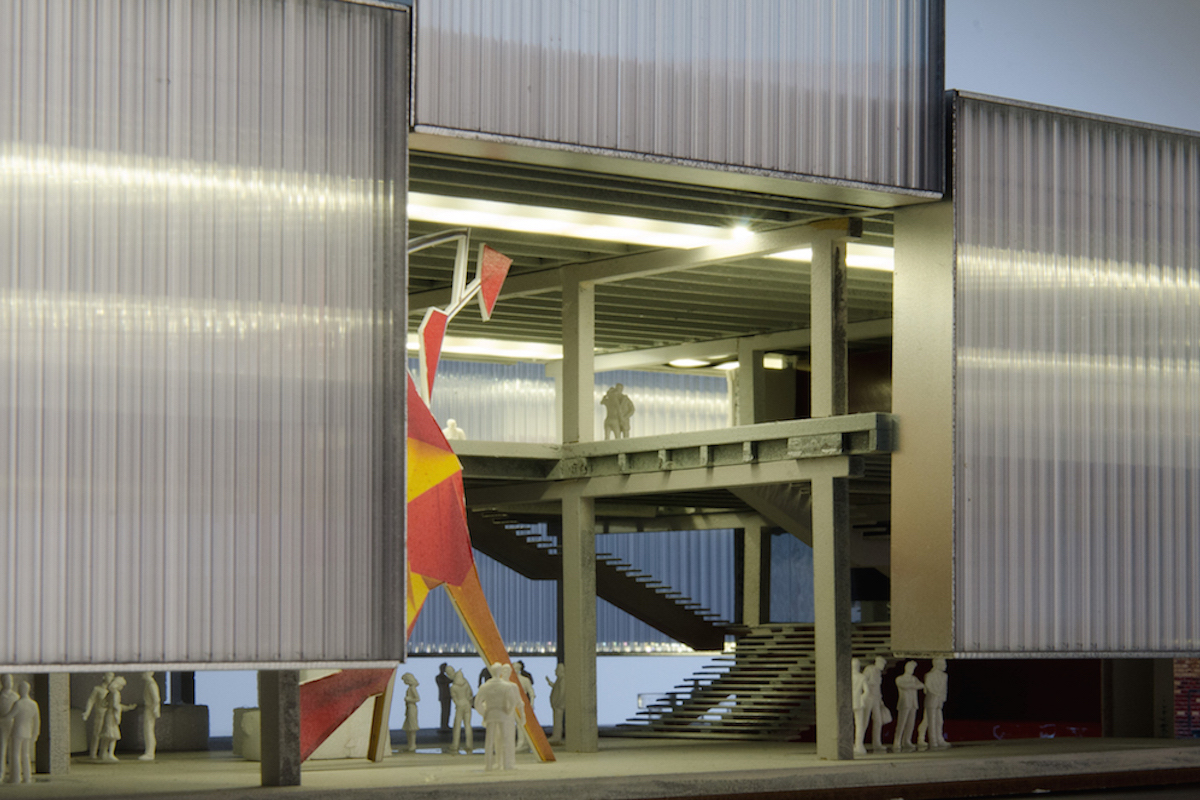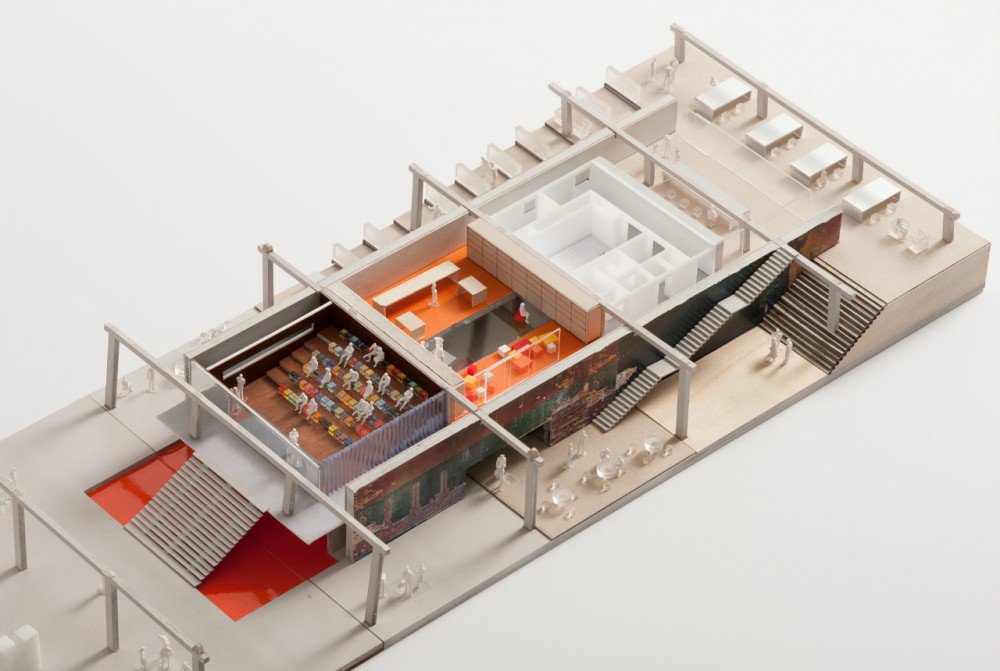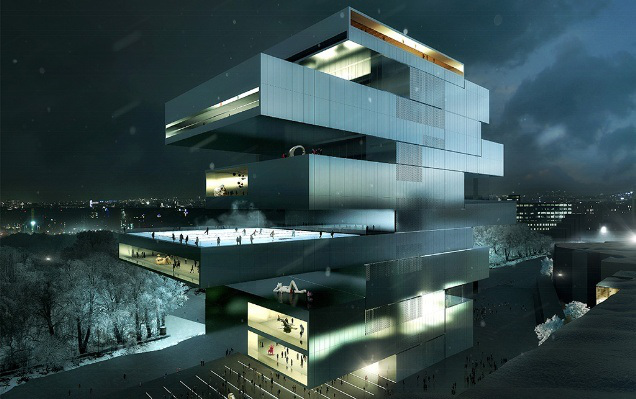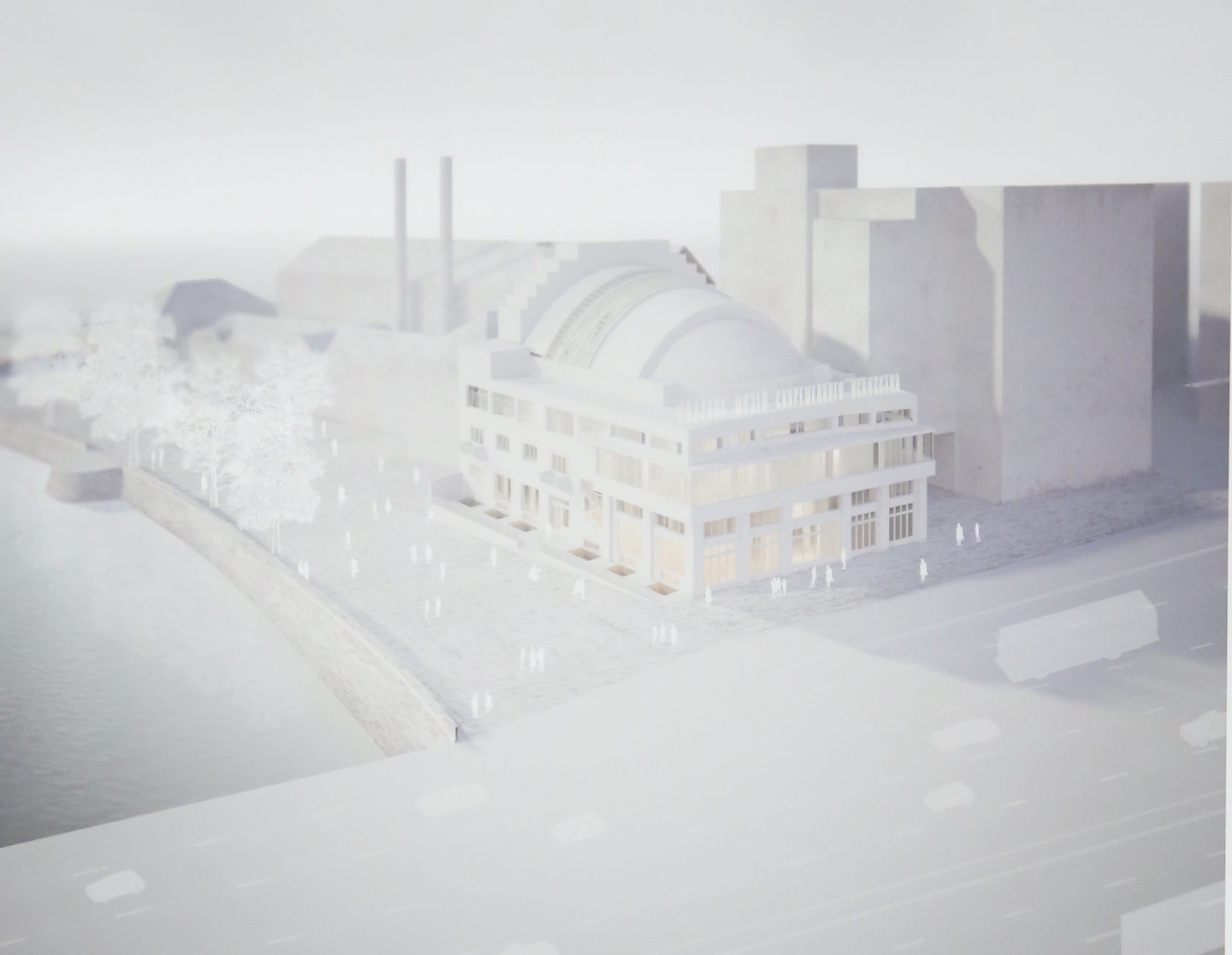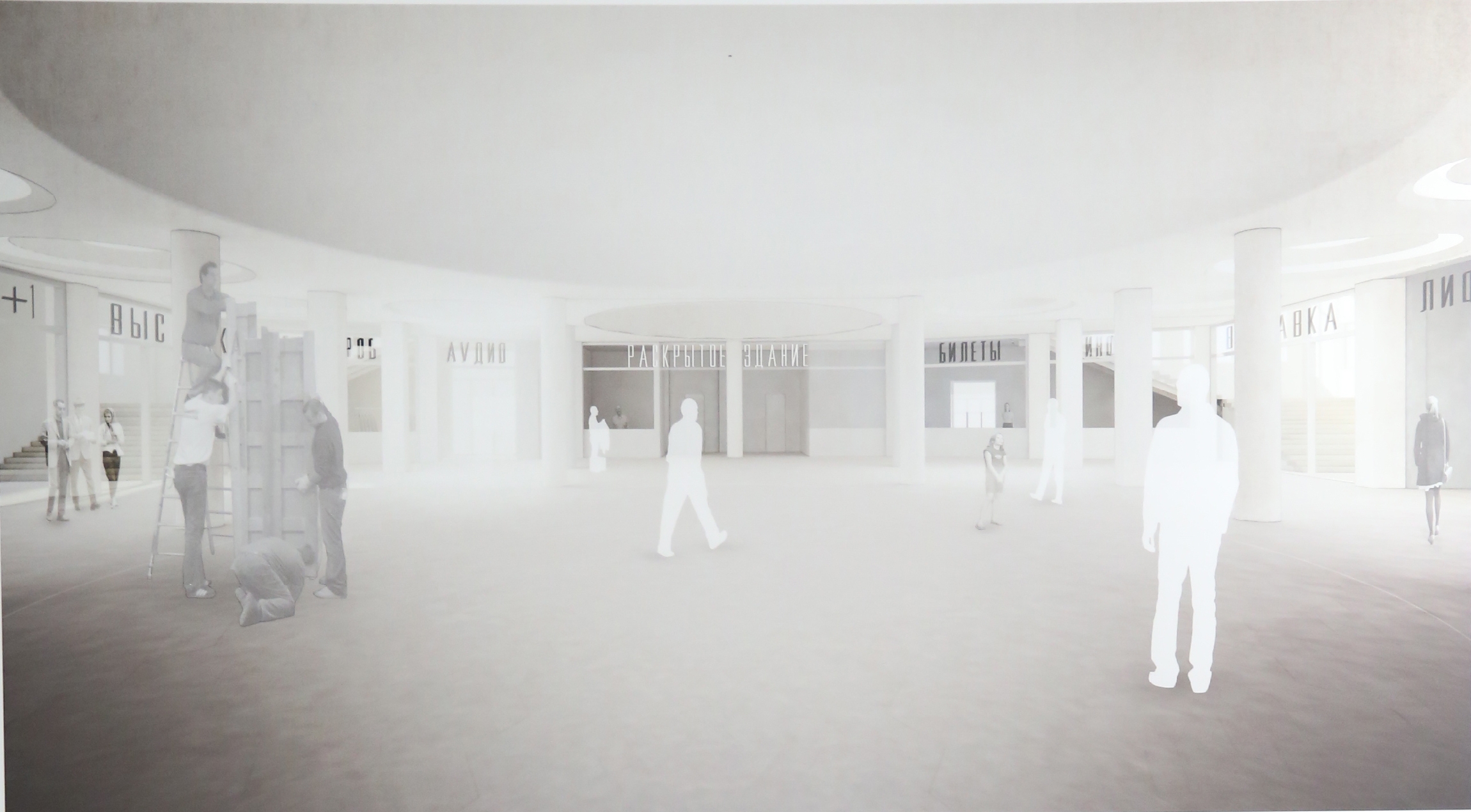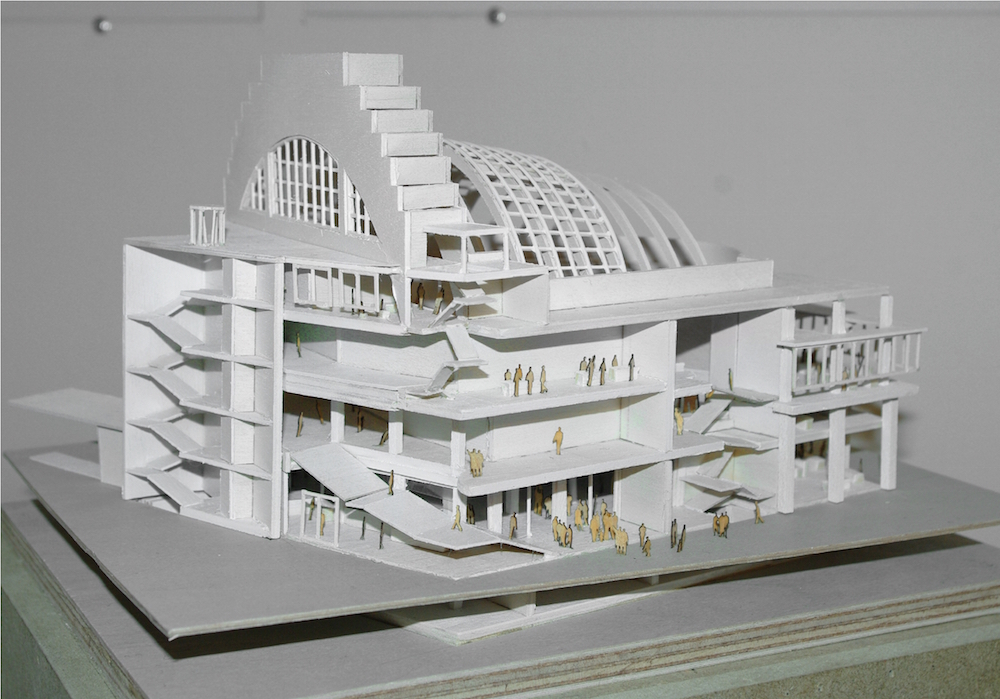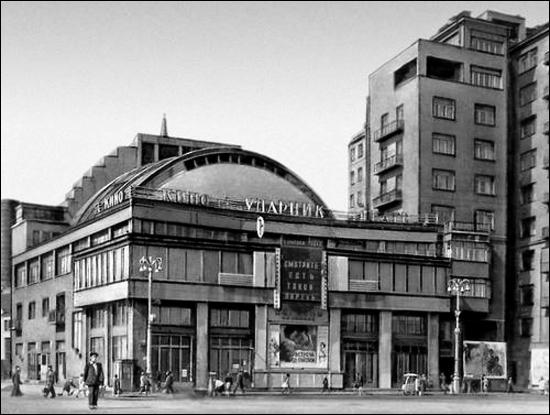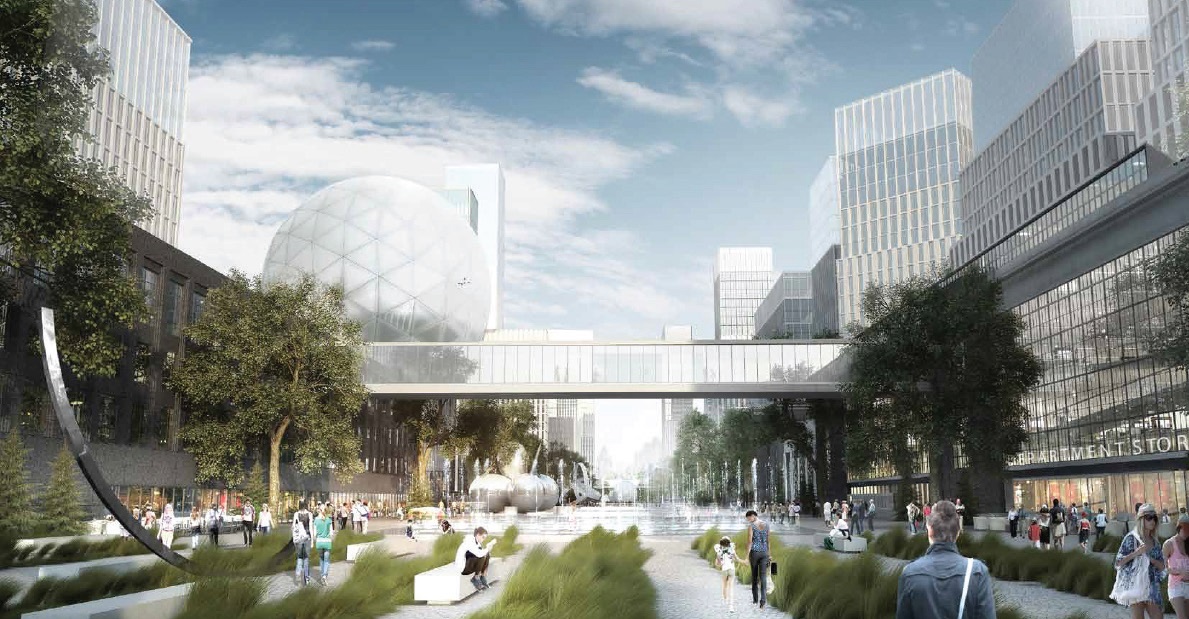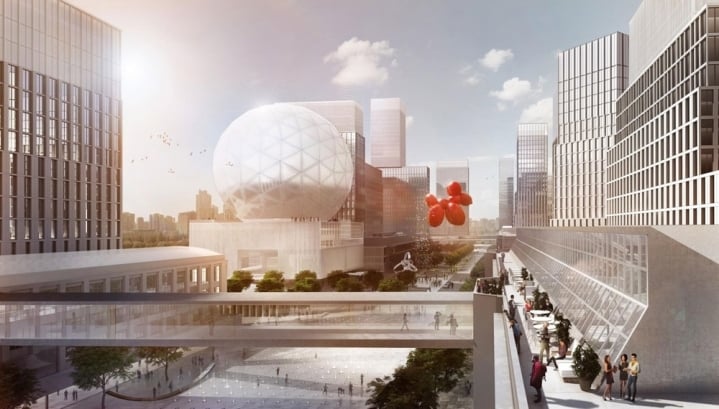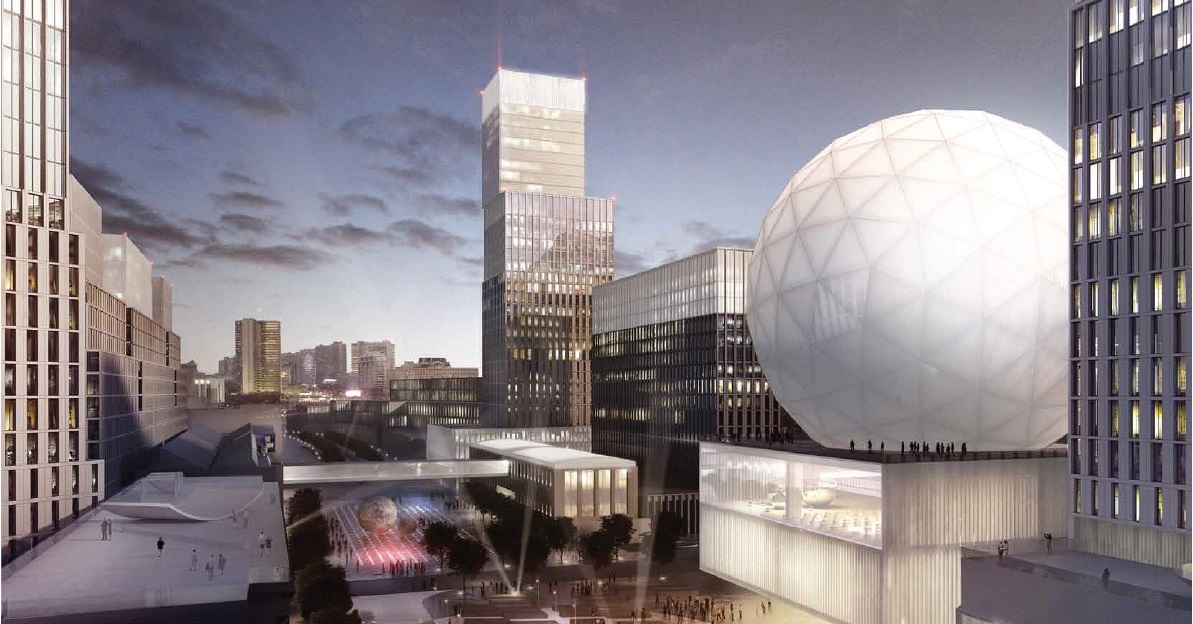Art nouveau: four new Moscow museums
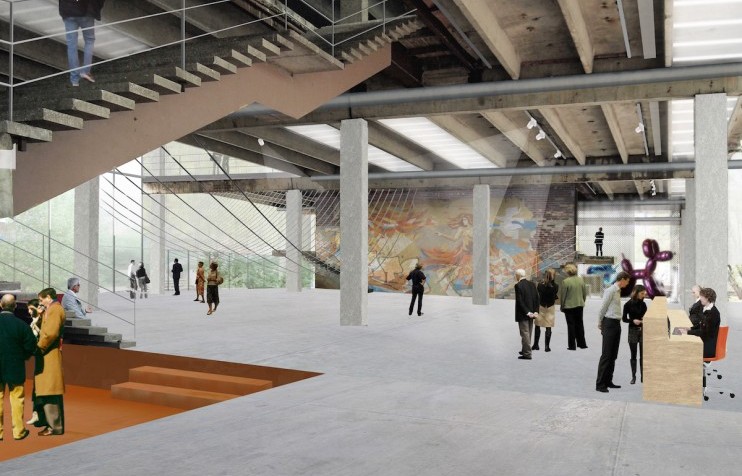
As Dasha Zhukova’s Garage Museum of Contemporary Art opens its doors this week, we look ahead to what other art museums will surface in Russia's capital in the coming years
Several modern art museums are in the works in Moscow. Such a plethora of projects offers the hope of an increased interest in contemporary culture, serving as a counterweight to the intensifying conservative sentiments in Russian society. With any luck, the need to compete for visitors’ attention is sure to raise the overall quality of the museums, with each institution having to construct its own individual identity. Here is a review of the forthcoming projects.
Garage Museum of Contemporary Art
The Garage, a private museum of contemporary art founded by Roman Abramovich’s wife Dasha Zhukova, will acquire a permanent home at the Gorky Central Park of Culture and Recreation this year, in the restored premise of the once-popular Vremena Goda (Seasons of the Year) restaurant. The building stood derelict for two decades before Roman Abramovich bought the ruins of this Soviet eatery in 2013. Its renovation, undertaken by Rem Koolhaas’ architectural firm OMA, cost $27 million.
The two-storey structure, clad in translucent polycarbonate and with a footprint of 5.5 million square metres, is due to open 12 June, and will house five exhibition rooms, education facilities, a children’s centre, bookshop and café. Relics of the Soviet restaurant — a mosaic and other elements of its décor — will be retained. The Garage is no stranger to architectural marvels: it initially occupied the Bakhmatevksy Bus Garage building, designed by Konstantin Melnikov, and is currently housed in a no less remarkable temporary pavilion — a seemingly weightless construction made out of paper tubes and designed by Japanese architect Shigeru Ban.
National Centre for Contemporary Arts on Khodynka Field
A new building in Moscow has been a dream of the National Centre for Contemporary Arts since the early 2000s, ever since it moved into a former factory on Zoologicheskaya Street. It was assumed at the time that the museum building — the brainchild of architect Mikhail Khazanov and museum director Mikhail Mindlin — would take the form of a sixteen-storey glass-and-concrete tower. But this never came to fruition: the Moscow Government decided that the planned construction would be relocated from Zoologicheskaya Street to Baumanskaya Street. Assurances were made that the project would remain largely unchanged, save for some site-specific adaptations. However, the new space came under severe criticism from the board of the Ministry of Culture and the project was eventually rebuked for lacking a collection extensive enough to fill all the floors. Construction was cancelled as a result and the project moved to Khodynka Field, the site of the former Aerodrome on the outskirts of Moscow. The new design competition was won by Irish firm Heneghan Peng, who were responsible for aspects of London’s Olympic Park.
The new museum, consisting of a series of panels “stacked” on top of one another, will resemble a kind of concrete layer cake surrounded by spruced-up former runways. Construction is estimated to be completed in 2018. The museum’s collection is still being assembled and predominantly consists of works donated to the Centre by the artists themselves, since actual purchases have been few and far between. Due to the current economic crisis, the government has decided not to embark on any new construction projects, so the development may never actually reach completion. There is already a petition calling for work to continue on the building, the first stone of which was laid at a ceremony in November of last year.
A museum in the former Udarnik Cinema
Breus Foundation, a cultural organisation headed by businessman, collector and Kandinsky Contemporary Art Prize founder Shalva Breus, have undertaken a project to convert a former cinema into a museum. Designed by Boris Iofan and built in 1931, the cinema was part of the Government House complex, which later came to be known as the House on the Embankment thanks to Yuri Trifonov’s novel of the same name. The 1500-seater cinema was long regarded as the largest in Moscow. Its domed iron roof was designed by Iofan so that it could be opened, but the building’s unveiling was the only time it had ever worked. The Udarnik ceased showing films in 2010 and operated as a casino until 2012, when plans were announced to create a museum in the building. Over the last three years, the Udarnik has hosted exhibitions featuring Kandinsky Prize nominees as well as awards ceremonies.
The architectural competition to redesign the building was won by the Belgian firm Robbrecht en Daem. They proposed to encorporate glass into the domed roof and create a darkened exhibition space in the building’s basement. It’s not certain, however, that the Udarnik will be restored according to the Belgians’ designs: the final decision will be realised only after a consultation with the competition winners and its two other finalists — Arata Isozaki (Japan) and Stephan Braunfels Architekte (Germany). Recently, the former cinema building was actually put on auction by the Moscow government, which Breus Foundation said they would take part in on 16 June.
The Hermitage’s Moscow branch at ZiL
The Hermitage is to open a contemporary art project, Hermitage 20/21, on the site of the former ZiL car plant in Moscow. Hermitage 20/21 was already responsible for the 2014 Manifesta in St Petersburg, an exhibition of twentieth and twenty-first century art housed in the General Staff Building, and has been the driving force behind the museum’s contemporary art exhibitions since 2007. The Moscow branch of the Hermitage will be built by Petersburg-based real-estate development company LSR Group, headed by former senator Andrey Molchanov and designed by Hani Rashid. Rashid is the founder of the American firm Asymptote, famous for advocating “parametric architecture”, design which is based on data and algorithms. The building will therefore be computer-designed, and its external appearance determined by a mathematical formulae.
The establishment of the Hermitage branch on the site of the former car plant was made possible after the Moscow Government decided in 2012 to relocate almost the entirety of the area’s century-old car industry outside the city in order to create the brand new cultural cluster. Some of the former plant’s structures were demolished, including the unlawfully destroyed 1930s foundry façade. In addition to the Hermitage-Moscow, the cleared site will also accommodate the Museum of Science and Technology as well the Park of Legends sports and recreation centre, which comprises several sports complexes, offices, the Hockey Hall of Fame and residential buildings. The area is currently home to Moscow’s largest “palace of culture”, the ZiL Cultural Centre. The problem, though, is that many of the factory’s former employees and families live in and around the ZiL neighbourhood, but nobody took their wishes into account when the location of the future Hermitage branch was being decided.
This article is part of Moscow week, a special project run in association with Guardian Cities and the New East network.
